Description
Are you looking for a hands-on project for your Westward Expansion era? Try an annotated map! With this resource you will have the materials to teach the vocabulary for the unit with 12 Word Wall terms, provide background knowledge with 11 pages of informational text and Doodle Notes™, and then have your students create an annotated map with symbols to represent what they have learned about Westward Expansion.
This resource includes:
–detailed directions for the project,
–12 Word Wall terms for vocabulary instruction,
–11 pages of informational text on the Louisiana Purchase, Florida Cession, Texas Annexation, Mexican Cession, California Gold Rush, Oregon Territory, Gadsden Purchase, Impact on Native Americans, and Movement West,
–7 pages of Doodle Notes™,
–symbols to use for your annotated map,
–Google Slides™,
-a rubric, and
–answer keys.
Please download the preview to see more information on this resource.
Doodle notes is a trademarked term used with permission. Please visit doodlenotes.org for more information.
*****************************************************************************
5th Grade Social Studies TEKS
(4) History. The student understands political, economic, and social changes that occurred in the United States during the 19th century. The student is expected to:
(C) identify significant events and concepts associated with U.S. territorial expansion, including the Louisiana Purchase, the expedition of Lewis and Clark, and Manifest Destiny;
(F) identify the challenges, opportunities, and contributions of people from various American Indian and immigrant groups such as the settlement of the frontier and building of the Transcontinental Railroad.
(6) Geography. The student understands places and regions in the United States. The student is expected to:
(A) describe political and economic regions in the United States that result from patterns of human activity;
(B) describe regions in the United States based on physical characteristics such as landform, climate, and vegetation;
(7) Geography. The student understands the location and patterns of settlement and the geographic factors that influence where people live. The student is expected to:
(B) explain the geographic factors that influence patterns of settlement and the distribution of population in the United States; and
(8) Geography. The student understands how people adapt to and modify their environment. The student is expected to:
(A) describe how and why people have adapted to and modified their environment in the United States such as the use of human resources to meet basic needs;
(11) Economics. The student understands the impact of supply and demand on consumers and producers in a free enterprise system. The student is expected to:
(B) evaluate the effects of supply and demand on industry and agriculture, including the plantation system, in the United States.
(12) Economics. The student understands patterns of work and economic activities in the United States. The student is expected to:
(A) compare how people in different regions of the United States earn a living, past and present;
(B) identify and explain how geographic factors have influenced the location of economic activities in the United States;
(23) Social studies skills. The student applies critical-thinking skills to organize and use information acquired from a variety of valid sources, including technology. The student is expected to:
(A) differentiate between, locate, and use valid primary and secondary sources such as technology; interviews; biographies; oral, print, and visual material; documents; and artifacts to acquire information about the United States;
(B) analyze information by applying absolute and relative chronology through sequencing, categorizing, identifying cause-and-effect relationships, comparing, contrasting, finding the main idea, summarizing, making generalizations and predictions, and drawing inferences and conclusions;
(25) Social studies skills. The student communicates in written, oral, and visual forms. The student is expected to:
(A) use social studies terminology correctly;
(B) incorporate main and supporting ideas in verbal and written communication;
(D) create written and visual material such as journal entries, reports, graphic organizers, outlines, and bibliographies.
*******************************************************************
© Social Studies Success, LLC. This purchase is for you and your classroom. Duplication for an entire school, an entire school system, or for commercial purposes is strictly forbidden. Please have other teachers purchase their own copy. If you are a school or district interested in purchasing several licenses, please contact me for a district-wide quote. Do not share this document with Amazon Inspire.
Please review all product descriptions and previews. If you have a question, contact me before you purchase at SocialStudiesSuccess1@gmail.com. As this is a digital product, all sales are final.
❤️ Dawn





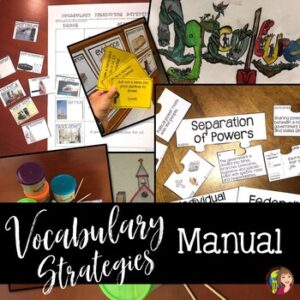
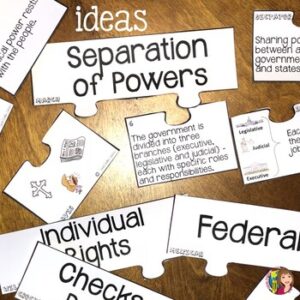


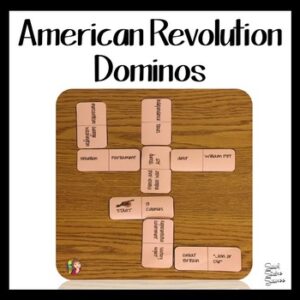
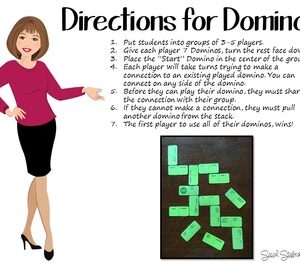
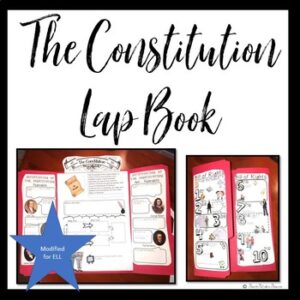
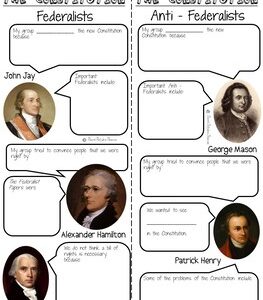


Reviews
There are no reviews yet.